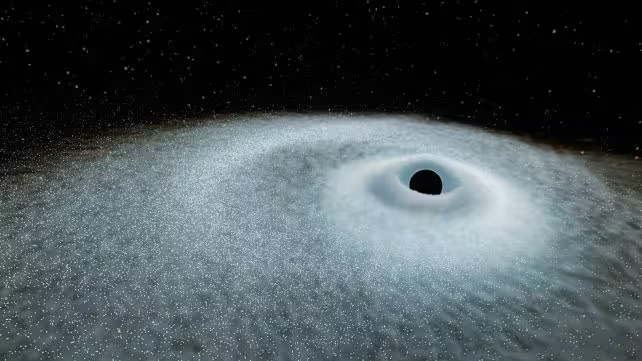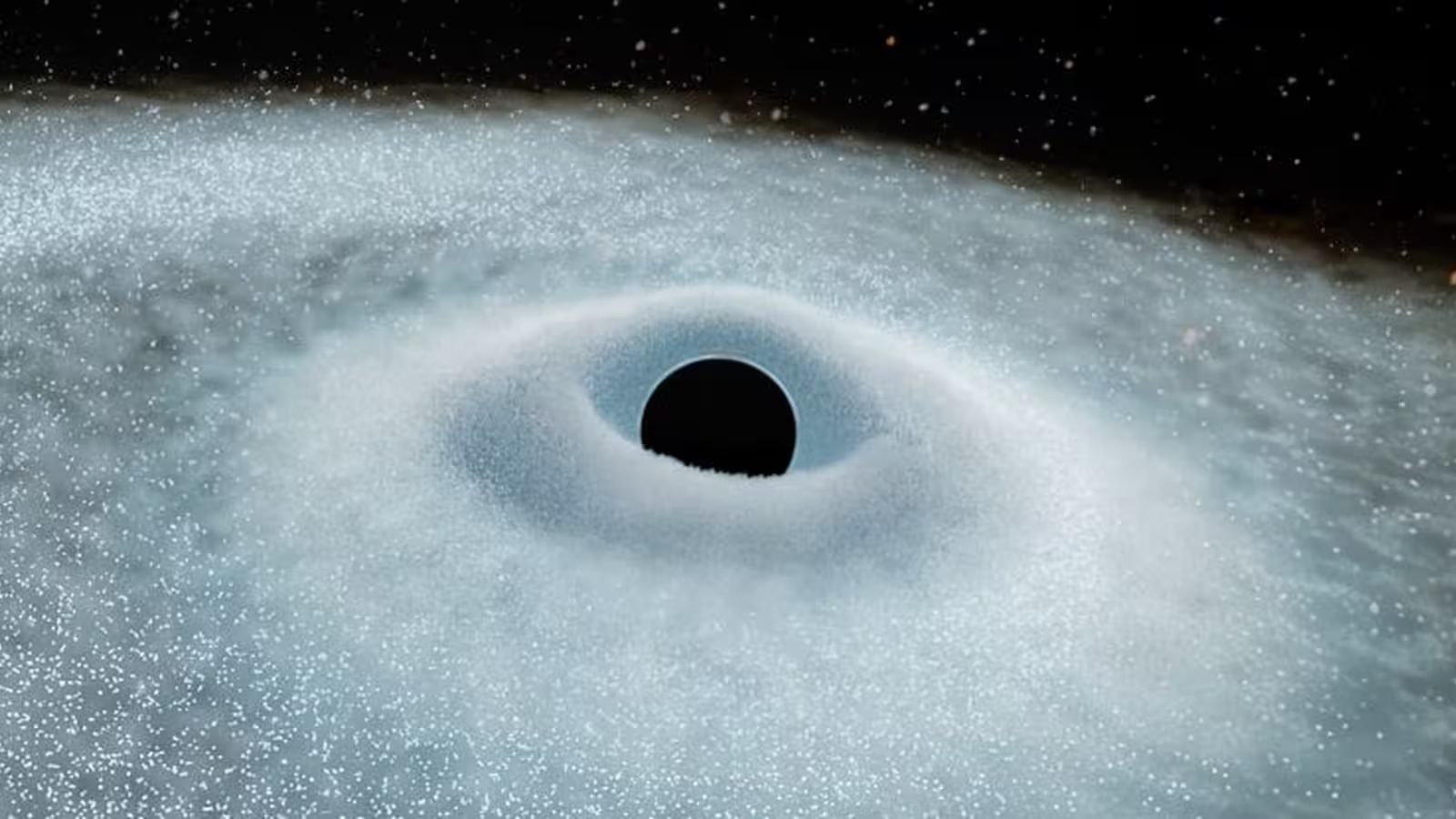5 Minutes
Astronomy Enters a New Era with the Discovery of Exceptional Cosmic Explosions
In a remarkable breakthrough that is reshaping our understanding of the universe's most violent events, astronomers using the European Space Agency's Gaia space telescope have uncovered a previously unknown type of colossal cosmic explosion. These newly identified outbursts, called Extreme Nuclear Transients (ENTs), are now recognized as the most powerful stellar explosions observed since the Big Bang itself.
While Gaia was primarily launched to map the Milky Way in extraordinary detail, its wide and persistent view of the sky has also enabled it to catch rare, transient phenomena from distant galaxies—unexpected fireworks that leave lasting scientific impressions. Recently, Gaia recorded stunning flares of light erupting from the centers of far-off galaxies. Unlike anything previously seen, these flares persisted far longer and shone far brighter than typical stellar deaths, prompting a global scientific effort to understand their origin.
Scientific Background: Tidal Disruption Events and the Emergence of ENTs
For years, astronomers have catalogued violent stellar deaths known as tidal disruption events (TDEs)—moments when a star ventures too close to a black hole and is torn apart by intense gravitational forces. In these events, the disrupted star is stretched and crushed, emitting dramatic flashes of energy before its remnants spiral into the black hole's event horizon.
Traditionally, TDEs have been characterized as sudden, transient flares: a rapid surge in brightness within a galaxy, followed by a slow, steady fade over weeks or months. By analyzing the shape and energy output of these flares, astrophysicists gain invaluable insights into both black holes and their stellar victims.
Yet, the ENTs discovered by Gaia represent something even more extreme. According to Dr. Jason Hinkle of the University of Hawaiʻi's Institute for Astronomy (IfA), "We have observed stars being shredded by black holes for over a decade, but ENTs are a distinct class, reaching brightnesses nearly ten times greater than typical tidal disruption events." Notably, ENTs not only outshine traditional TDEs, but they also remain luminous for several years—surpassing the energy output of even the brightest-known supernovae.
Gaia's Accidental Discovery: Flare Events Beyond Known Limits
The Gaia mission, launched to conduct the most comprehensive three-dimensional survey of our galaxy, occasionally serendipitously glimpsed beyond its core objectives. In a deep dive into decade-spanning data, Dr. Hinkle and his team identified two extraordinary flare events: Gaia16aaw, observed in 2016, and Gaia18cdj, detected in 2018. Both shared striking similarities with a 2020 event previously spotted by the Zwicky Transient Facility and informally dubbed "Scary Barbie" due to its immense scale.
Systematic analysis excluded alternative explanations—such as supernovae—because the ENTs were at least twice as powerful as any known supernova, which already signifies the death throes of the universe’s largest stars. While a supernova can produce as much light as the Sun will emit across its ten-billion-year life, ENTs released a staggering amount of energy equivalent to the combined lifetime output of roughly 100 Suns.
These results, supported by careful scrutiny of the flares' prolonged light curves, established that ENTs are not merely supersized TDEs but events at an unprecedented scale. In every case, the doomed stars were massive—at least three times the mass of our Sun—while the lurking black holes were supermassive, residing at the heart of their host galaxies.
Implications for Black Hole Physics and Galaxy Evolution
The rarity and power of ENTs provide a fascinating window into some of the most enigmatic aspects of modern astrophysics. These events, astronomers estimate, are ten million times less frequent than supernovae, which themselves are rare. However, their potential scientific value is bounded only by the limits of our observation technology.
Supermassive black holes are found at the centers of most galaxies. They tip the cosmic scales at millions or billions of solar masses, and astronomers are still working to understand the processes by which they grow to such enormous sizes. According to the IfA’s Dr. Benjamin Shappee, “ENTs offer a unique opportunity to study massive black holes in the distant universe. Because these explosions are so intrinsically bright, we can detect them across immense cosmic distances. And in astronomy, looking farther means peering deeper into the universe's past.”
By observing these sustained flares, researchers are gaining new perspectives into a dynamic epoch called ‘cosmic noon’—a period, roughly seven billion years ago, when star formation and black hole feeding frenzies peaked. During this time, galaxies formed stars and nourished their supermassive black holes at rates that far exceed those seen today.

Looking Ahead: ENTs as Probes of the Cosmic Past
The revelation of Extreme Nuclear Transients not only underscores the power of current astronomical surveys but also points to the unexplored celestial phenomena waiting to be discovered as instruments become more sensitive. These rare, high-energy explosions may help fill in missing gaps in our understanding of galactic cores and black hole evolution, potentially rewriting textbooks on how the largest structures in the universe are assembled.
In future missions, scientists hope to coordinate space- and ground-based observatories—including Gaia’s successors and instruments like the Vera C. Rubin Observatory—to catch more of these elusive events in real-time. Such efforts promise a deeper comprehension of the interplay between massive stars, supermassive black holes, and the overarching physics that govern galaxy evolution.
Conclusion
The discovery of Extreme Nuclear Transients marks a milestone in astrophysical research, shedding new light on black hole activity and the ultimate fate of massive stars. Thanks to the Gaia mission's precision and reach, we are witnessing the cosmos at its most energetic—events that not only push the boundaries of known physics but also offer tantalizing clues about the growth of galaxies and their enigmatic central black holes. As astronomers refine their search and technology advances, future observations of ENTs may further unlock secrets about the high-energy universe and its formative moments.
Source: science



Comments